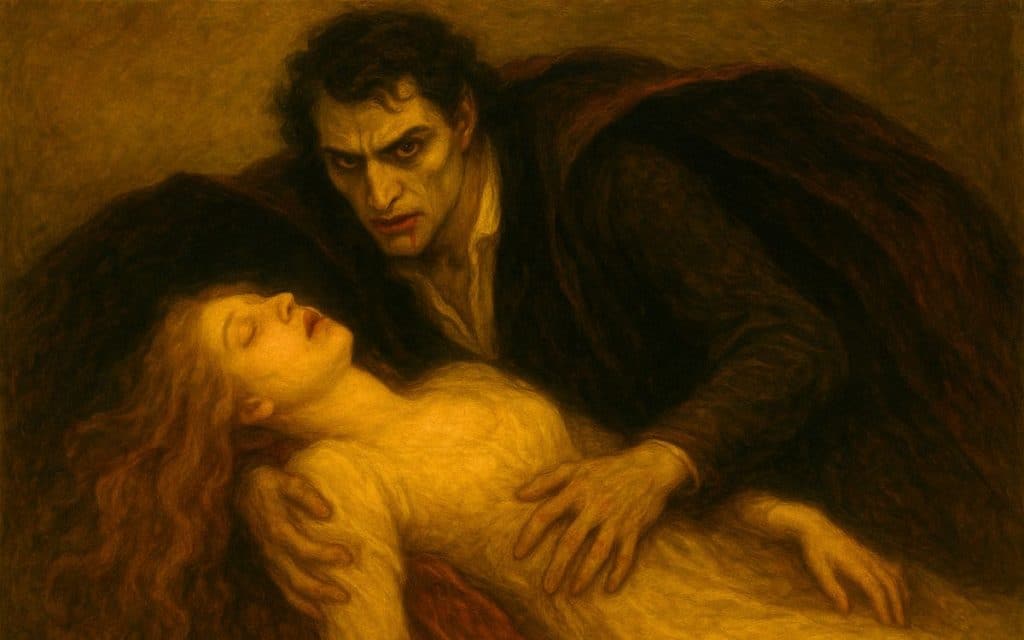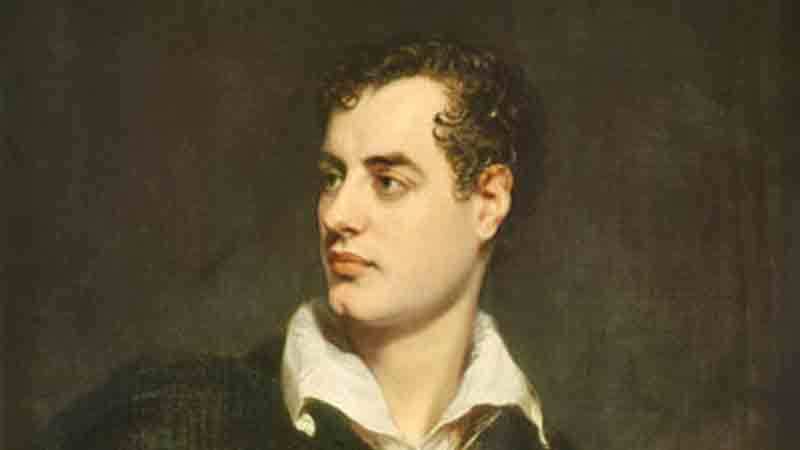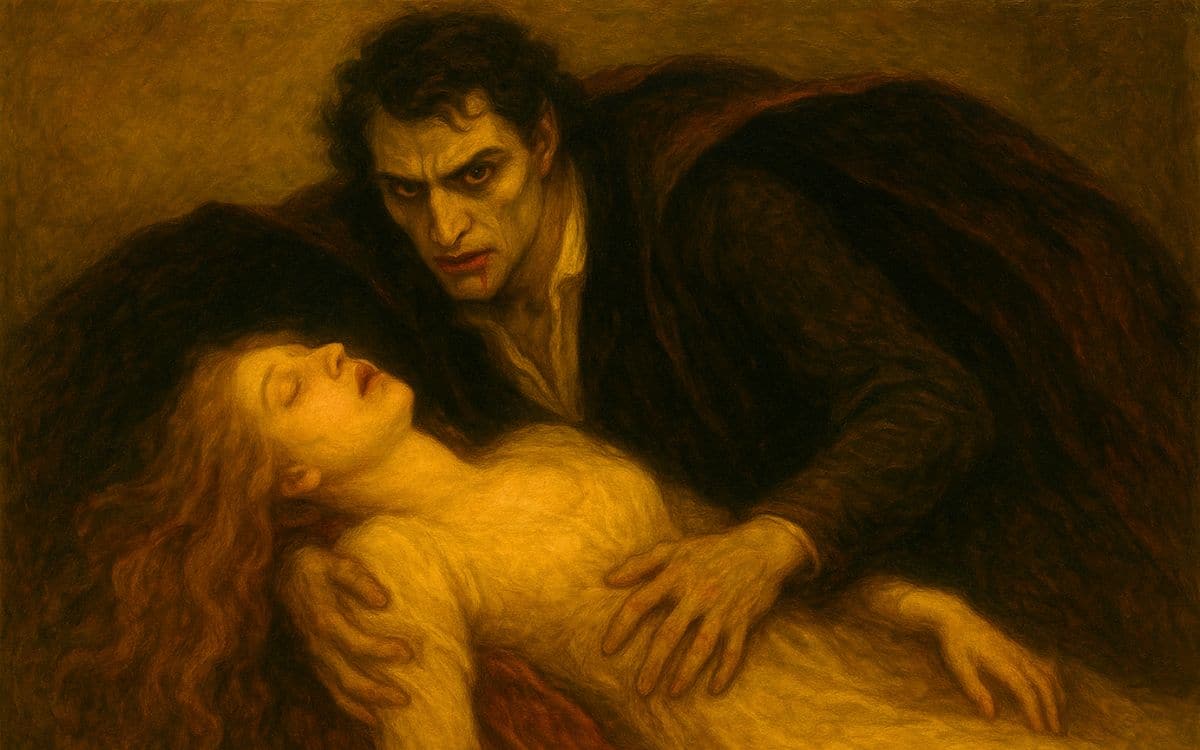Byron’s The Giaour delivers one of literature’s most haunting portrayals of the vampire – sensual, terrifying, and deeply human, writes WILLIAM BOVE

The Giaour is a poem by Lord Byron, first published in 1813, and notable for its early reference to vampires.
It follows John Staag’s The Vampyre from 1810. I won’t be reviewing the poem in its entirety – only my favourite section. This passage stands out not only in The Giaour, but across all of Byron’s work.
Although I’m not particularly fond of Byron as a person, I’ve always loved this piece. It continues to excite and inspire me, delivering joy with every revisit.
This excerpt is the final entry in my British Gothic Horror Poets series. I couldn’t be happier – or more thrilled – to be closing out with not one, but two vampire poems.
“But first on earth as vampire sent,
Thy corse shall from its tomb be rent:
Then ghastly haunt thy native place,
And suck the blood of all thy race;
There from thy daughter, sister, wife,
At midnight drain the stream of life;
Yet loathe the banquet which perforce
Must feed thy livid living corse;
Thy victims yet they ere expire
Shall know the demon for their sire,
As cursing thee, thou cursing them,
Thy flowers are withered on the stem.”
For me, this passage captures the majesty of the undead.
It revels in the whimsy of horror and the hypnotic passion that vampires possess. These creatures of darkness dominate the imagination. Their hunger is terrifying—but we’re drawn to it.
There’s something irresistible about them.
Their methods are brutal, yet intimate. Blood-soaked, yes—but always laced with passion. These traits pull us into their world, again and again.
We are mesmerised by their horror, their beauty, and their tragic romanticism. We can’t help but follow them. We feature them, dream of them, write them. Our imaginations crave them.
The first lines of this excerpt are particularly powerful. The vampire is not an aberration. It is an inevitability. A being as essential to life and death as breath itself. It holds dominion over the mortal world, an ancient hunger carved into our very blood.
There’s electricity in this stanza. Its pull is magnetic. Its presence, undeniable.
This remains one of the most vivid portrayals of a vampire I’ve ever read. It would easily rank in my top three—if not for John Staag’s The Vampyre, which remains a masterclass of description and theme.

Byron’s passage is brief, but so effective. It builds swiftly and strikes with the rhythm of a heartbeat. It paces like a predator in the dark. Each line stalks forward, until the vampire is upon us—and it is our blood it craves.
And in our deepest, most primal selves, we understand.
As surely as the moon draws us skyward and the night stirs our longing, we know these horrors dwell among us. We seek them. We want to see them. And, despite ourselves, we want to give in to them.
And when we do, we find home.
The embrace of Gothic Horror and Gothic Romance shows us the way. The atmosphere, the themes, and the strange, cold comfort of it all remind us: we’ve always belonged here.
Fun fact: Corpses, skeletons, and churchyards helped build the foundations of Gothic Horror and Gothic Romance. These themes were lovingly employed by the Graveyard Poets and can also be found in the novels of Daniel Defoe, who often included darkly humorous scenes – plague carts, corpse piles, and all. Gothic horror has always delighted in the macabre, and when paired with dark humour, the result is deliciously twisted.
What did you think of this excerpt from The Giaour? Do you have a favourite vampire poem or Gothic passage? Share it with us in the comments!



